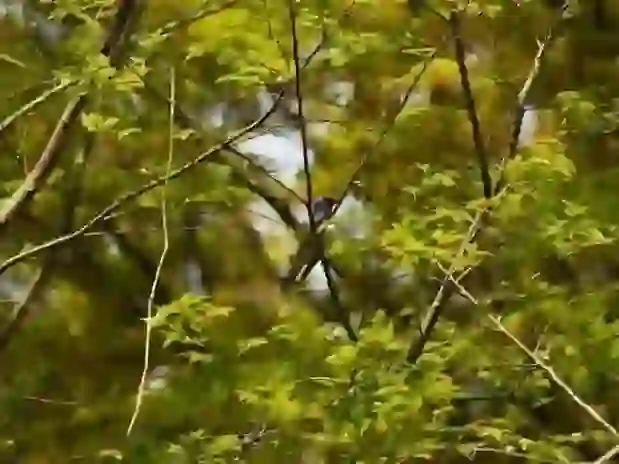
Blue-and-White Flycatcher
Blue-and-White Flycatcher
Blue-and-White Flycatcher
Are you familiar with the beautiful lapis lazuli-colored bird called the Blue-and-White Flycatcher? Known as the 'blue bird of happiness,' its appearance is as beautiful as its flute-like song. Let’s explore more about this stunning Blue-and-White Flycatcher.
Blue-and-White Flycatcher Basic Infomation

Order: Passeriformes, Family: Muscicapidae, Genus: Cyanoptila
Length: 16-17 cm
Wingspan: about 27 cm
Weight: 20-26 g
The Blue-and-White Flycatcher breeds in northeastern China, the Korean Peninsula, and Japan, and winters in Southeast Asia, including Indonesia and the Philippines. In Japan, it is considered a summer visitor and can be seen almost nationwide.
Slightly larger than a sparrow, its body is vivid blue from the head to the back and tail—a color fittingly called lapis lazuli. The belly is white, creating a beautiful contrast. However, this stunning lapis lazuli color is only seen in males, while females have brown backs.
The lapis lazuli color of the Blue-and-White Flycatcher is known as one of the 'Three Lapis Lazuli Birds', along with the Blue Rock-Thrush and Red-flanked Bluetail.
As mentioned earlier, not only is the Blue-and-White Flycatcher visually striking, but its song is also incredibly beautiful.
It sings melodiously and slowly with calls like 'Pee-lu-ree', 'Pee-lit, Popi-ree Popi-ree, Jizeet', 'Peelirilirili, Chirichirit' resembling the sound of a flute, adding color to the early summer woods.
It’s difficult to convey its beauty in words, but the song of the Blue-and-White Flycatcher is also considered one of the 'Three Great Singing Birds of Japan', along with the Japanese Bush Warbler and the Japanese Robin.
Both its appearance and voice are regarded as representing the beauty of Japan.
Blue-and-White Flycatcher Q&A

What is the origin of the name 'Blue-and-White Flycatcher'?
You might already guess the origin of its name.
Indeed, it is named for its glossy lapis lazuli color.
In the Muromachi period, it was called 'Ruriteu (lapis lazuli bird)', and during the Azuchi-Momoyama period, it was simply known as 'Ruri (lapis lazuli)'. However, another bird called the Narcissus Flycatcher was also referred to by the same name, leading to the current name being adopted in the mid-Edo period to differentiate them.
The larger lapis lazuli-colored bird was called the Blue-and-White Flycatcher, and the smaller one, the Narcissus Flycatcher. It seems they were distinguished by such straightforward names.
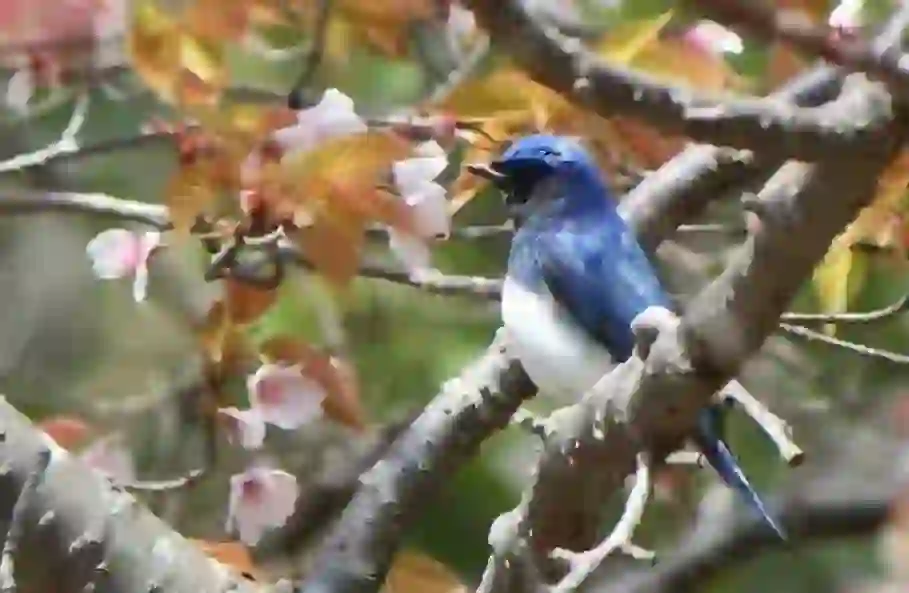
Why does the Blue-and-White Flycatcher live there?
The Blue-and-White Flycatcher lives in lower to slightly higher mountainous areas and near rivers in tropical rainforests. During breeding season, it builds nests in rocky or earthen walls and lays eggs. The female's less conspicuous coloring may be an adaptation for blending into these rock and earth niches to avoid predation.
During migration in spring and fall, they can also be seen in gardens and parks, so you might have the chance to spot them if you're lucky.
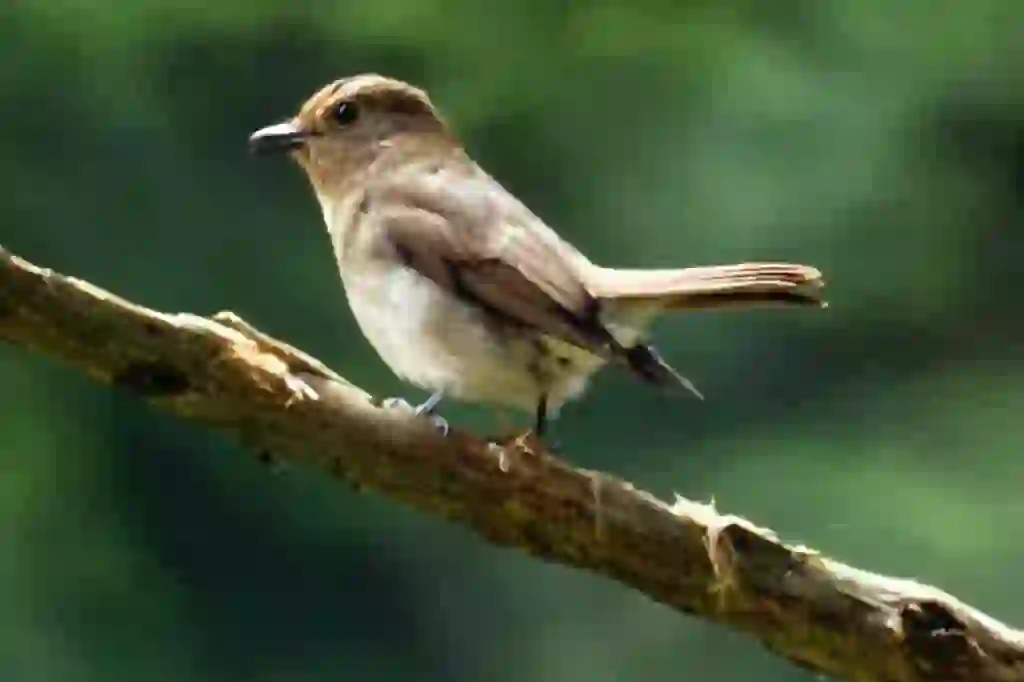
What does the Blue-and-White Flycatcher eat?
Have you ever noticed many insects flying near rivers? These insects form the diet of the Blue-and-White Flycatcher.
However, the flycatcher does not use any tools like insect nets. It captures flying insects using a method known as 'flycatching'. It darts from a perch to catch an insect, then returns to the same spot. It spots an insect, changes angles in midair, swiftly navigates through narrow gaps between branches, and captures the insect with such quick movements that the insect cannot escape.
While flying insects are its main food source, it also eats larvae, spiders, and fruits. It occasionally descends to the ground to forage but is quick to return to the safety of the trees.
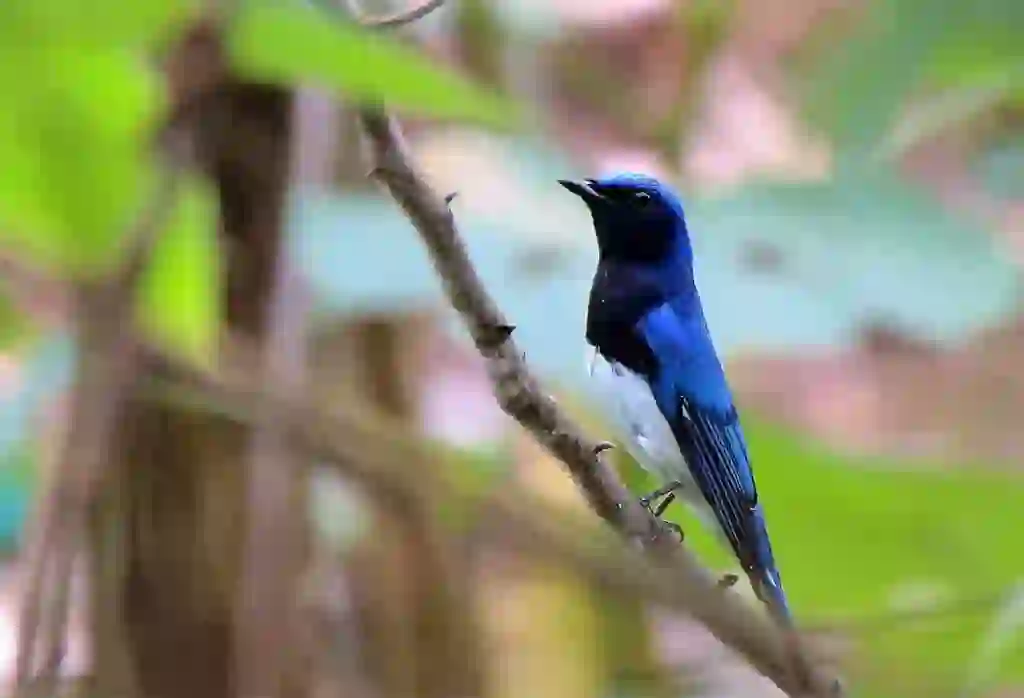
How does the Blue-and-White Flycatcher reproduce?
During the breeding season, the male Blue-and-White Flycatcher sings loudly to attract a mate. Females choose their partners based on the males' songs and appearance, and sometimes males will fight over a potential mate.
Once paired, they begin building a nest. The male selects the site, and the female builds the nest using soft moss. Each has a specific role in this process.
The female lays eggs and incubates them, warming them for about 14 days. Although it's not a very long period, one might wish the male would take turns in warming the eggs.
Once the eggs hatch, the male also participates in caring for the chicks. Both parents bring food to the nestlings. Newly hatched chicks are brown like the female, camouflaging them against predators. Only later do they gain the adult's vibrant blue coloring.
It takes about 12 days for the chicks to leave the nest, but they spend about 10 days before fledging having quality family time, perhaps to prepare for separation or to make lasting family memories.
When they do leave the nest, the males are not yet fully blue—a color they only achieve after two to three years, signaling their maturity.
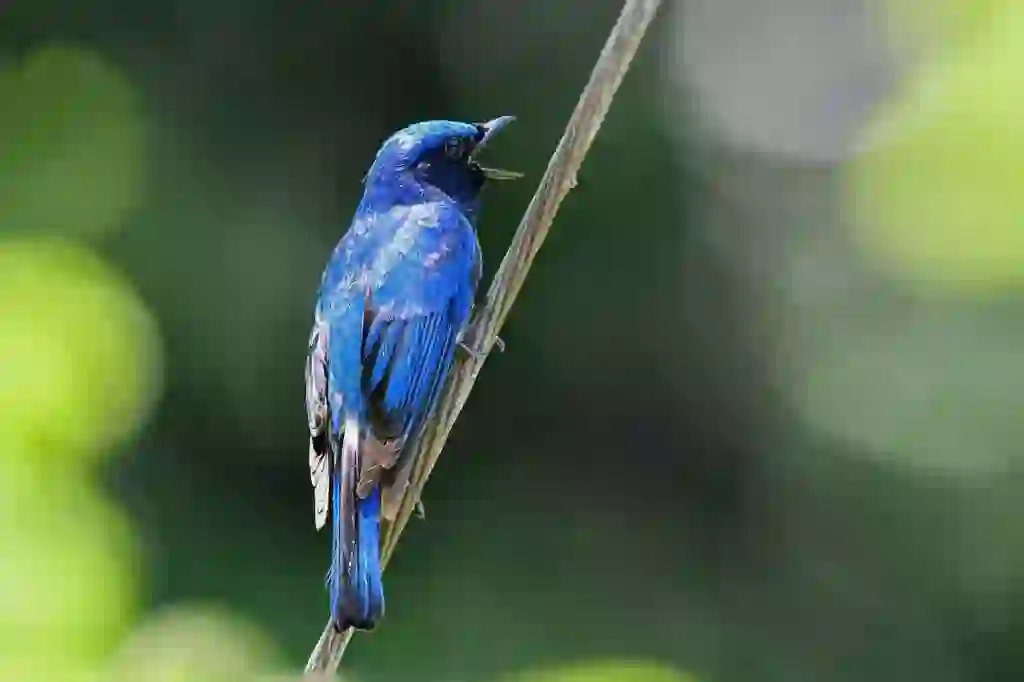
Where can the Blue-and-White Flycatcher be seen?
The Blue-and-White Flycatcher arrives in Japan around late April, which is a good time to spot them. By June, they start breeding and become more cautious to protect their offspring.
Early in their arrival, they are less wary, which might make them easier to approach.
If a Blue-and-White Flycatcher has a favored spot, it may sing there for a long time. You might think you could find it by following the song, but during this period, many other summer birds are also singing, making it difficult to distinguish. Although its vivid blue color is conspicuous, the bird often perches high in trees where only its white belly might be visible from below, making it hard to spot.
Thus, climbing mountains or finding it midway up might be easier. It seems the 'blue bird of happiness' does not easily reveal itself—perhaps a metaphor that happiness isn't easy to find.
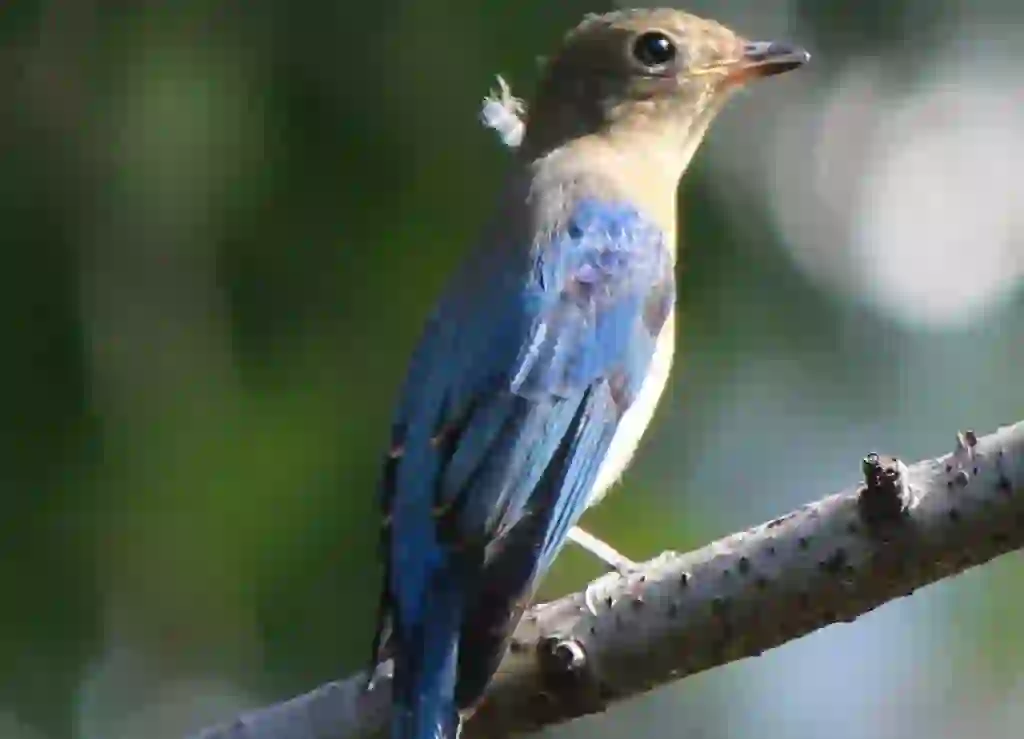
Can the Blue-and-White Flycatcher be kept as a pet?
While the Blue-and-White Flycatcher was once popular as a caged bird, it is now protected under wildlife conservation laws, making it illegal to keep them as pets.
However, there are still instances of illegal captivity, surprisingly discovered every year.
These laws exist not just to protect the Blue-and-White Flycatcher but all birds. While it's understandable to want such a beautiful bird as a pet, it is crucial to protect these iconic creatures of Japan and indeed globally.
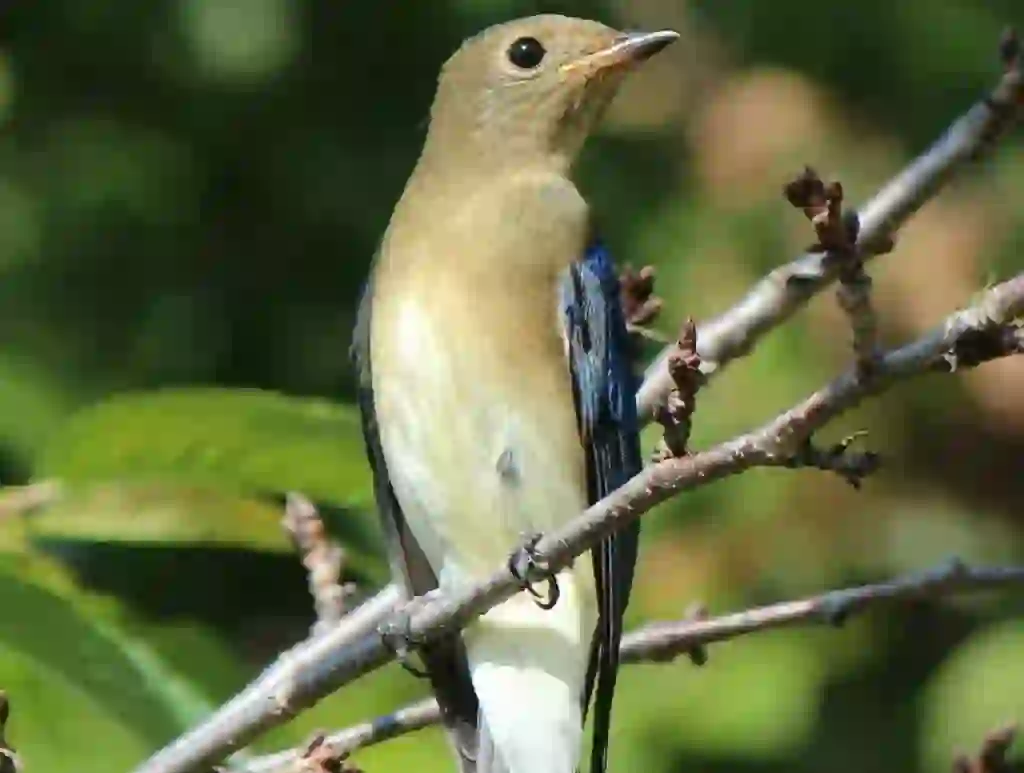
Is the Blue-and-White Flycatcher considered an endangered species?
Like other migratory birds, the Blue-and-White Flycatcher's numbers began to decline around the 1980s, primarily due to deforestation in tropical rainforests, which destroyed their habitats.
But that's not the only reason.
Despite it being illegal to keep these birds, instances of their captivity are still found, indicating that they are also being captured illegally. Records of poaching exist, suggesting that this is also a factor in their decline.
Efforts are underway to protect the Blue-and-White Flycatcher and other migratory birds, though the success of these efforts varies by region, with some areas seeing population increases and others not.
Currently, the Blue-and-White Flycatcher is classified not as an endangered species but as a species of concern, or near-threatened, depending on the region.
Efforts to protect them continue across Japan, suggesting that there may come a time when these birds can be seen in abundance once again.

Would you like to become a part of the 'Animalbook.jp'?
Turn your knowledge into Q&A and share it with the world. ※Publication will be activated after purchase. Let's share information together!
Blue-and-White Flycatcher Type of List
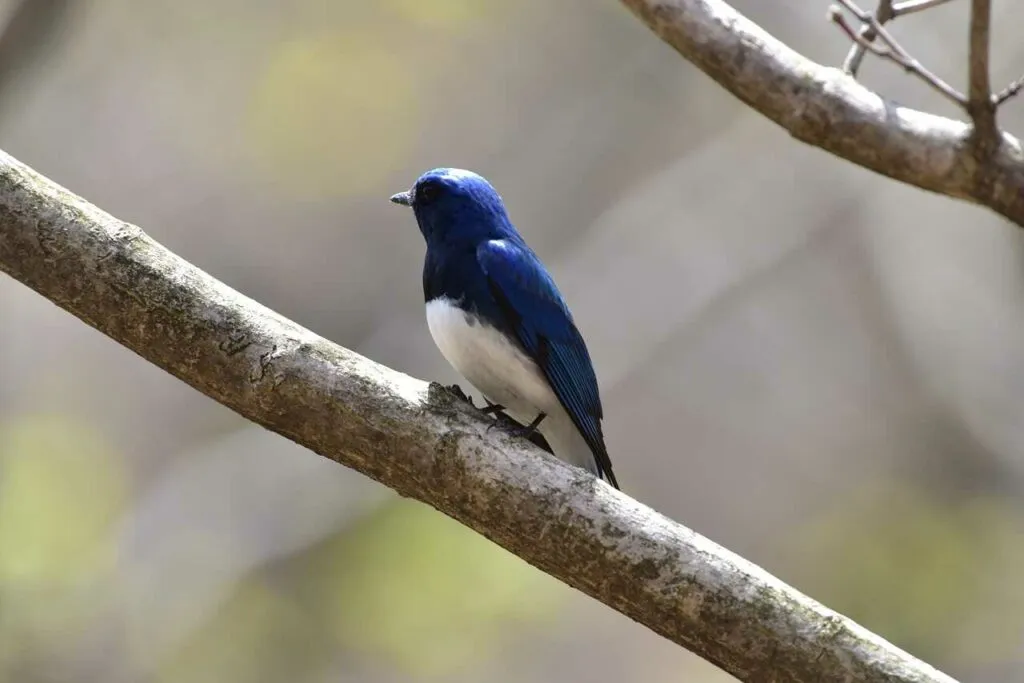
- Blue-and-White Flycatcher
Information
Congratulations! You are the first commenter!

Create Your Favorite List!
Blue-and-White Flycatcher
Save the animals you love! Build your own list to quickly revisit your favorites later.

Would you like to leave a comment?
※Please note: This is for the purchase of rights to post comments within the article.
Find Your Favorites!
Our shop offers a unique and attractive selection of goods themed around various animals.
Blue-and-White Flycatcher References

- Wikipedia https://ja.wikipedia.org/wiki/オオルリ
- サントリーの愛鳥活動 https://www.suntory.co.jp/eco/birds/encyclopedia/detail/1397.html
- CANON BIRD BRANCH PROJECT 生物多様性の取り組み https://global.canon/ja/environment/bird-branch/photo-gallery/oruri/index.html
- NATURE LAND NOSE ネイチャーランド能瀬 https://natureland-nose.com/bird/news_bird/3999/
- GOOPASS ANIMAL MAGAZINE https://goopass.jp/animal/bird/book/oruri
- 目に見えるいきもの図鑑 https://orbis-pictus.jp/article/oruri.php
- 森と水の郷あきた あきた森づくり活動サポートセンター総合情報サイト http://www.forest-akita.jp/data/bird/26-kibi/kibi.html
- みやざき ひむか学ネット http://www.miyazaki-c.ed.jp/himukagaku/unit/taiyo_12/page3_2.html#:~:text=スズメより少し大きく、ヒタキ,鳴鳥といわれます。
- 語源由来辞典 https://gogen-yurai.jp/ooruri/
- 四国自然史科学研究 三嶺におけるオオルリCyanoptila cyanomelana(スズメ目:ヒタキ科)の個体数の年変動 https://www.jstage.jst.go.jp/article/sinh/12/0/12_6/_pdf
- 全国鳥類繁殖分布調査 ニュースレター 第6号 https://www.bird-atlas.jp/news/banews06.pdf
- 北海道中央部, 大雪山系におけるオオルリの個体数調査 https://www.ht-shizenkan.com/data/study/hts-study-25.pdf
Blue-and-White Flycatcher Introduction of media used

出典:https://pixabay.com/images/id-3233886/

出典:https://commons.wikimedia.org/wiki/File:4G4A4641B.jpg

出典:https://pixabay.com/images/id-7172788/
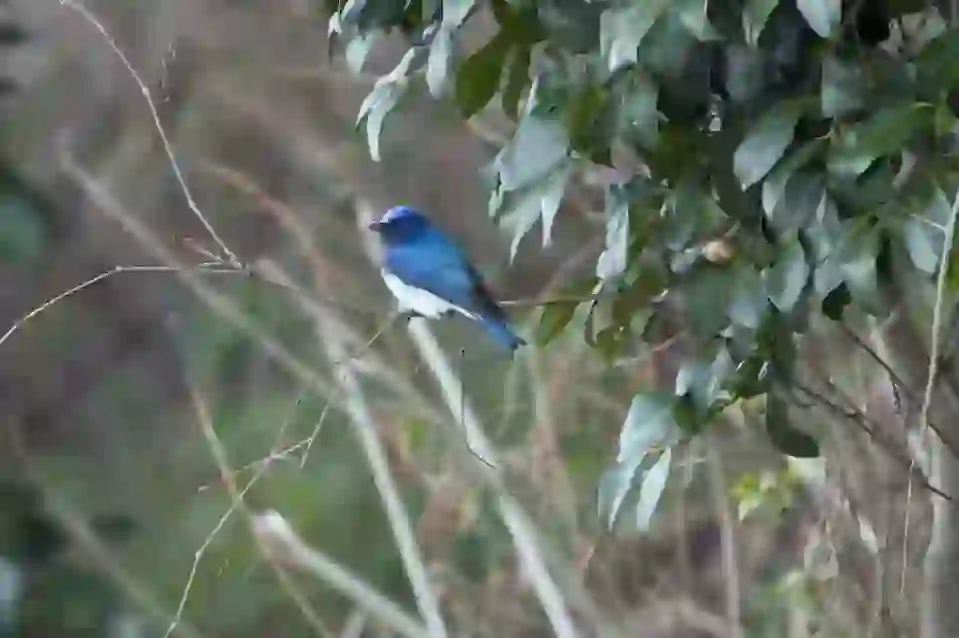
出典:https://pixabay.com/images/id-4153041/
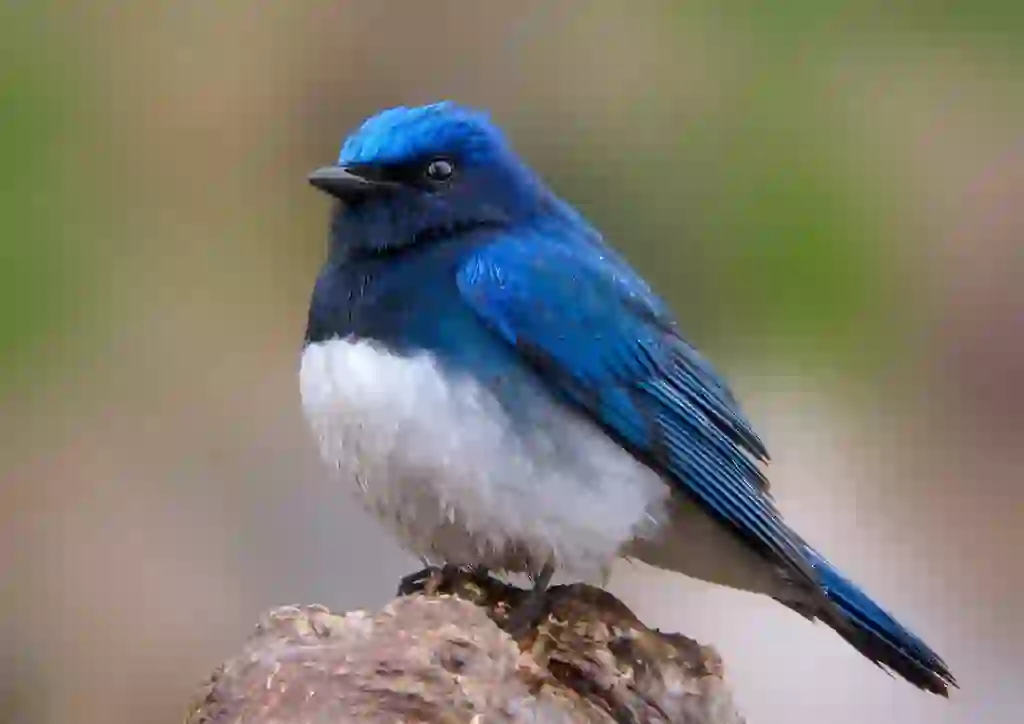
出典:https://commons.wikimedia.org/wiki/File:Wiki-c-ooruri.jpg

Help Enrich Our Animalbook.jp with Your Media!
We are constantly looking to expand and enrich our Animalbook.jp with amazing photos and videos of animals. If you have any media that you'd like to share, please contribute and help us showcase the beauty and diversity of the animal kingdom. Your submissions will be credited and featured in our encyclopedia, reaching a wide audience of animal lovers.
















